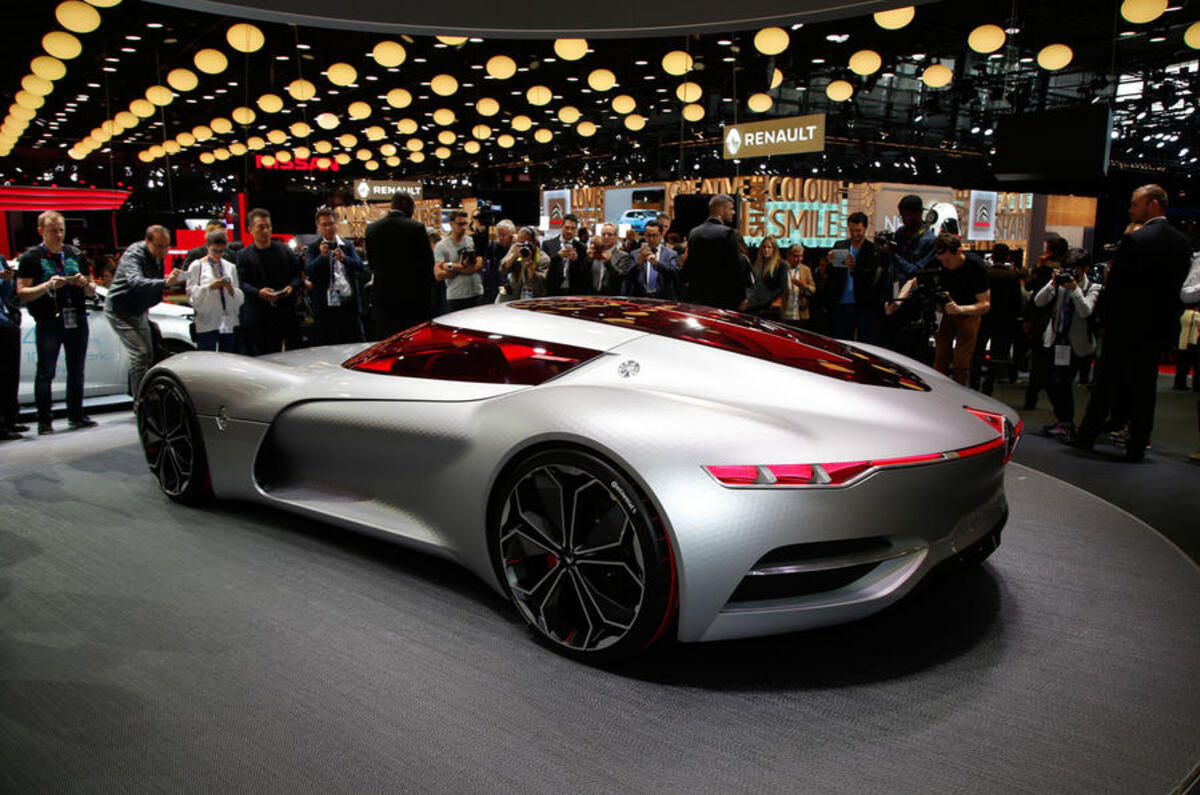Concepts, concepts, concepts. A walk around a motor show usually reveals about half a dozen you’d gladly invite to sit on your driveway. Mmm, the Renault Trezor. Cor, the Hyundai RN30. Even hey, the Lexus UX: what a cool, funky-looking crossover/SUV/urban rufty-tufty-probably-hybrid thing. Would love to have one. It’s like a modern, cooler Isuzu Vehicross.
Except that, d’oh, of course, you can’t buy any of the above. You might, one day, perhaps, be able to buy something that is slightly, at a stretch, derived from one of these concepts. But if you want a car that looks as cool as a UX or a Trezor? Well, tough. It’s a practice Elon Musk, founder of Tesla motors and occasional lander of space rockets on seaborne barges, describes as “lame”.
I take his point, because if you went to most trade shows and discovered that all of the newest and most desirable products on display were ones you were completely unable to buy, you’d be pretty cross about it. “Hey bud, look at this new phone. You’ll be able to buy a worse-looking one, which won’t have half of these features, in four years’ time.” “Yay!”
I know, I get it. Concept cars are worth doing because they show future trends, they educate designers and engineers, they apparently get customers used to design directions. And of course they’re expensive to make, often impractical and have technology that doesn’t necessarily work. So of course you can’t buy one. But it remains a huge frustration to me, that the cars you want the most when you go to a motor show are the ones that are least likely to ever become attainable.








Add your comment